In this intervention makes the abstract inner world tangible and visible by visualising emotions and feelings by presenting the emotions and dilemmas of bipolar disorder verbally and visually. I created a poster to make imperceptible emotions ‘visible’ through words, making abstract emotions and inner conflicts visible and helping the audience to better understand and feel the psychological problems. I invite my friends to view this poster to see how bipolar people feel in the midst of uncontrollable and chaotic emotions in a more immersive and entertaining way by using red and blue filters.
Explanation of the intervention:
Content of the poster:
When I was browsing through the forums I created for people with bipolar disorder who experience things in their daily lives that are common to the average person but very difficult for them. I realised that just getting through the day was difficult enough for them. From their language, I could empathise with their pain. So I decided to present bipolar disorder as a mental illness from the perspective of telling a day in the life of someone with bipolar disorder. I think it’s the easiest way for people to understand what makes people with bipolar disorder different from normal people. Even very basic daliy routines such as waking up, eating, and socialising with others are very difficult for people with bipolar disorder.
How to play:
I wanted to combine my graphic design skills to visually represent bipolar disorder. The keyword I identified to symbolize bipolar disorder was ‘Switch.’ People with bipolar disorder often experience uncontrollable mood switches. I was inspired by the red and blue acrylic sheets used in 3D glasses. With red-and-blue images, when blue acrylic transparent paper is placed over the image, the blue components disappear, leaving only the red ones—and vice versa. This concept led me to use red and blue to represent the two distinct states of bipolar disorder, The depressed perspective through the blue colour shows the mental state of a bipolar patient during a period of depression and vice versa. The combination of visuals and interaction allows the audience not only to ‘see’ but also to ‘participate’ in an experiential education that is more likely to touch the heart than words alone. It also enables the audience to better understand the complexity of the disease and the invisibility of mental illness.
Reference:
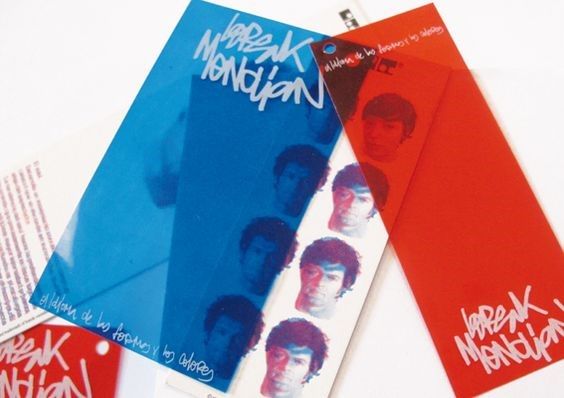

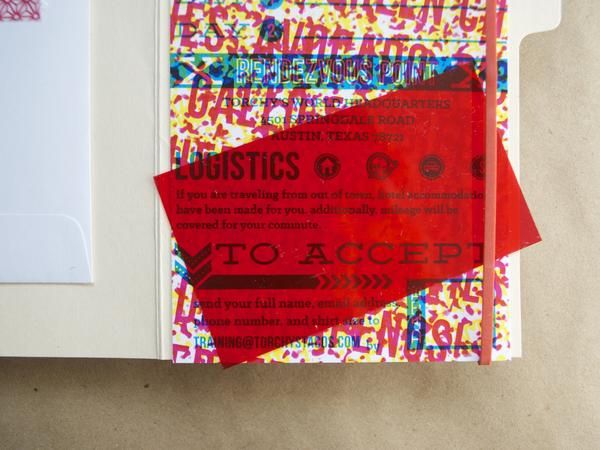
Test
I found some descriptions from bipolar people of their daily lives from a forum I created and made a poster of those words. I invited two people with bipolar disorder from my forum who suffer from the two main types of bipolar disorder: Bipolar I and Bipolar II. And collected their descriptions of common challenges in their daily including: getting out of bed, difficulty concentrating, difficulty socialising, and so on. By using red and blue colours, I created two text posters.
1.Getting up and starting the day
Normal people: waking up, washing up and eating breakfast.
Bipolar people:
During periods of depression: During periods of manic:
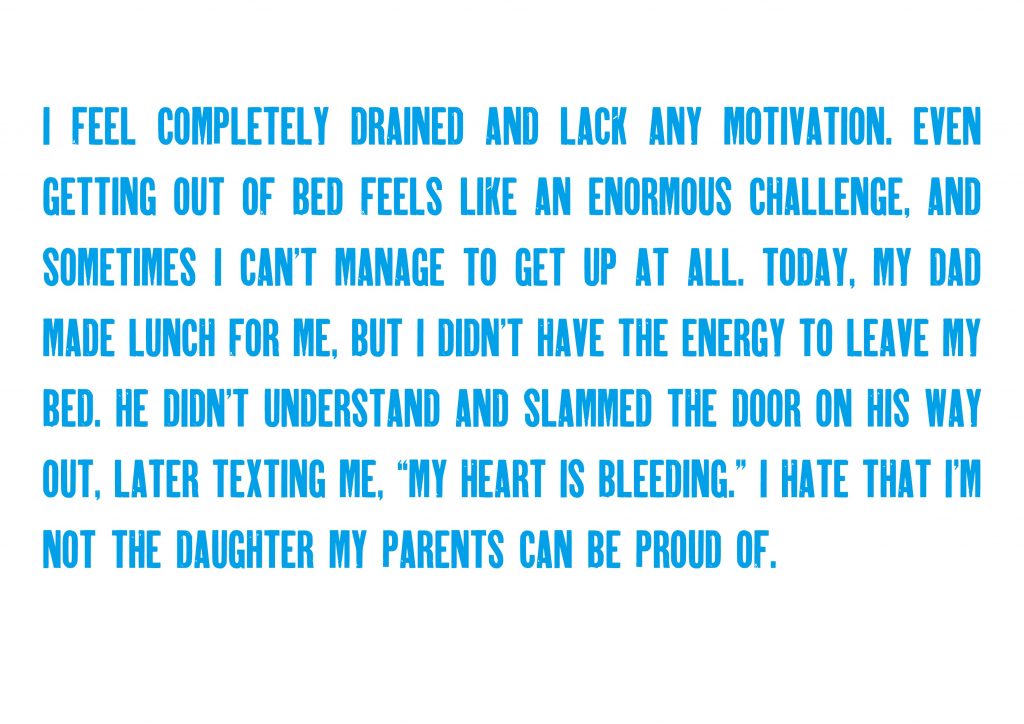

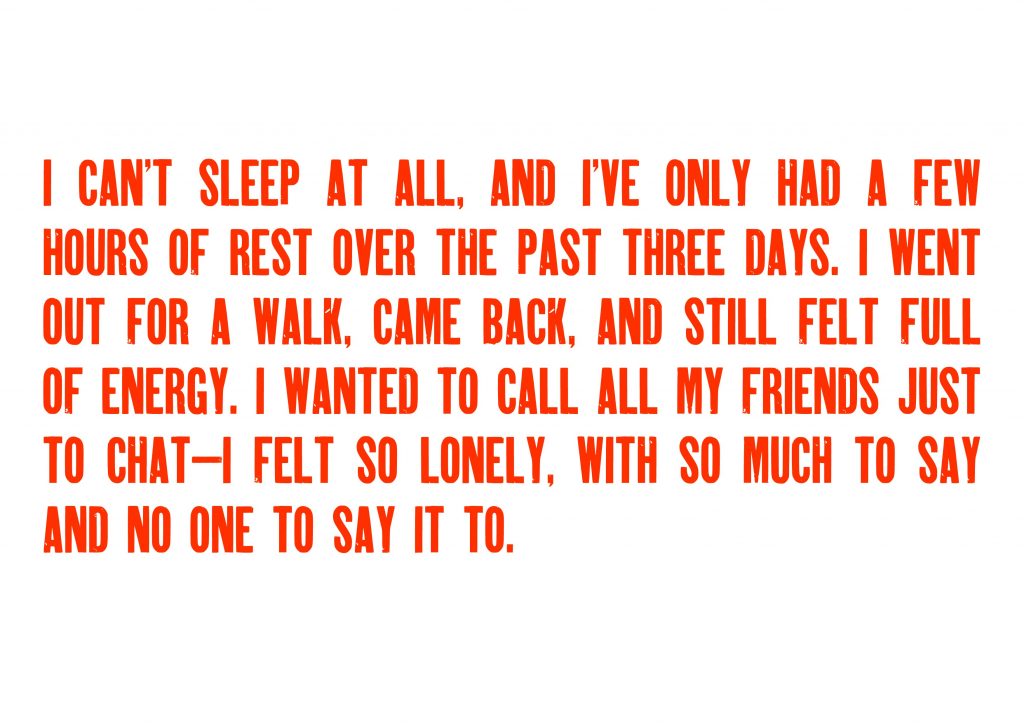
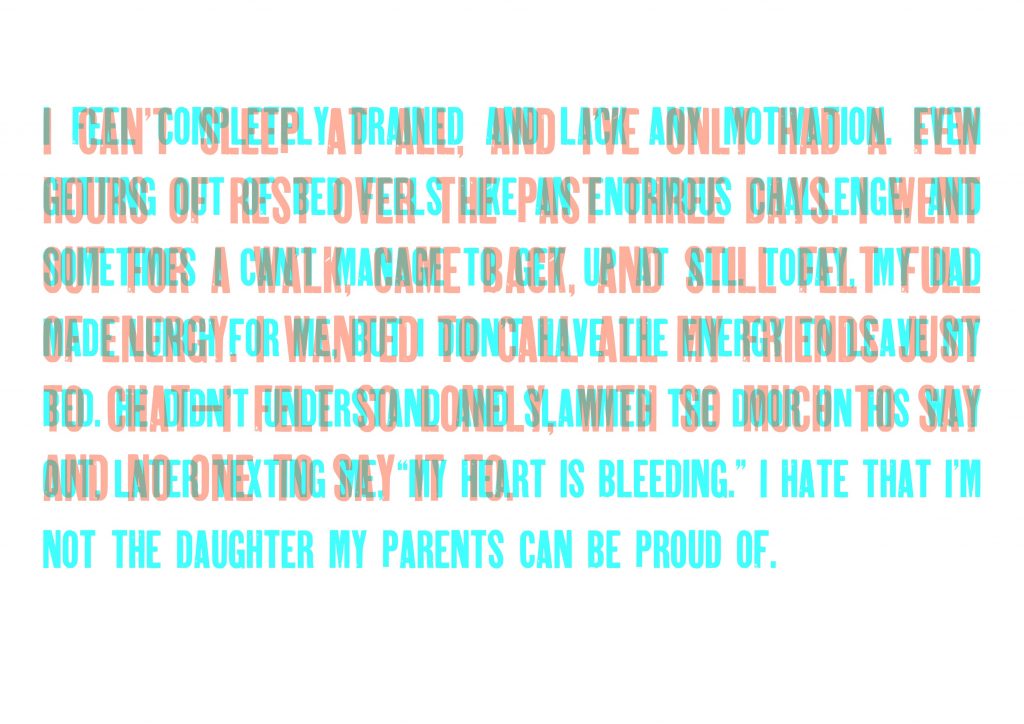
Work and study
Normal people: able to maintain stable work performance or study efficiency.
Bipolar people:
During periods of depression: During periods of manic:
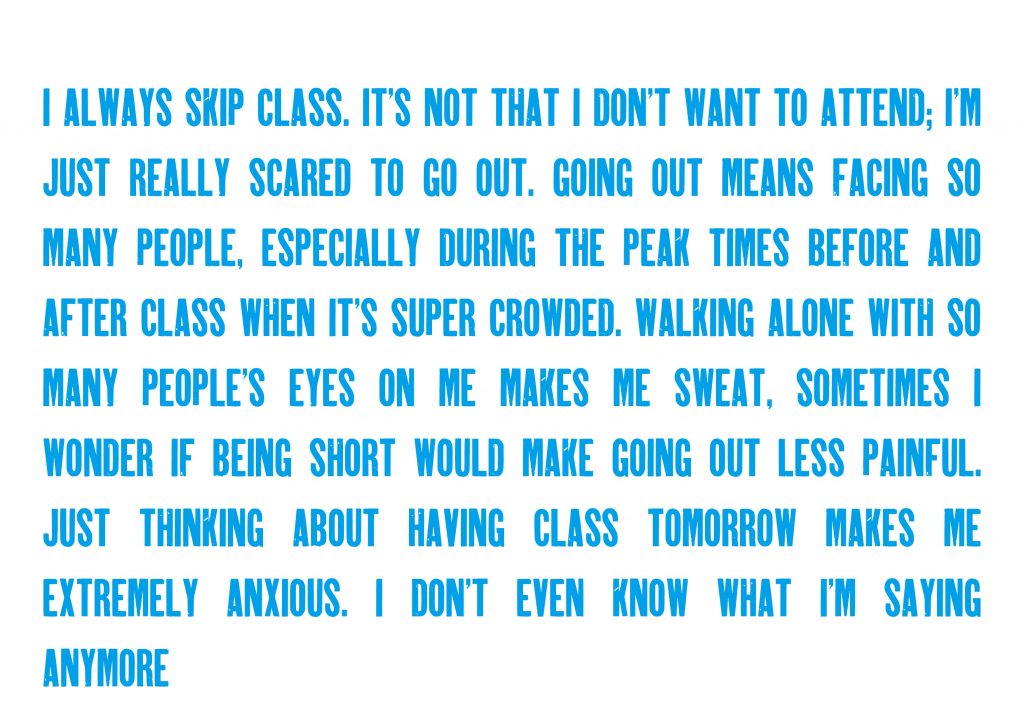

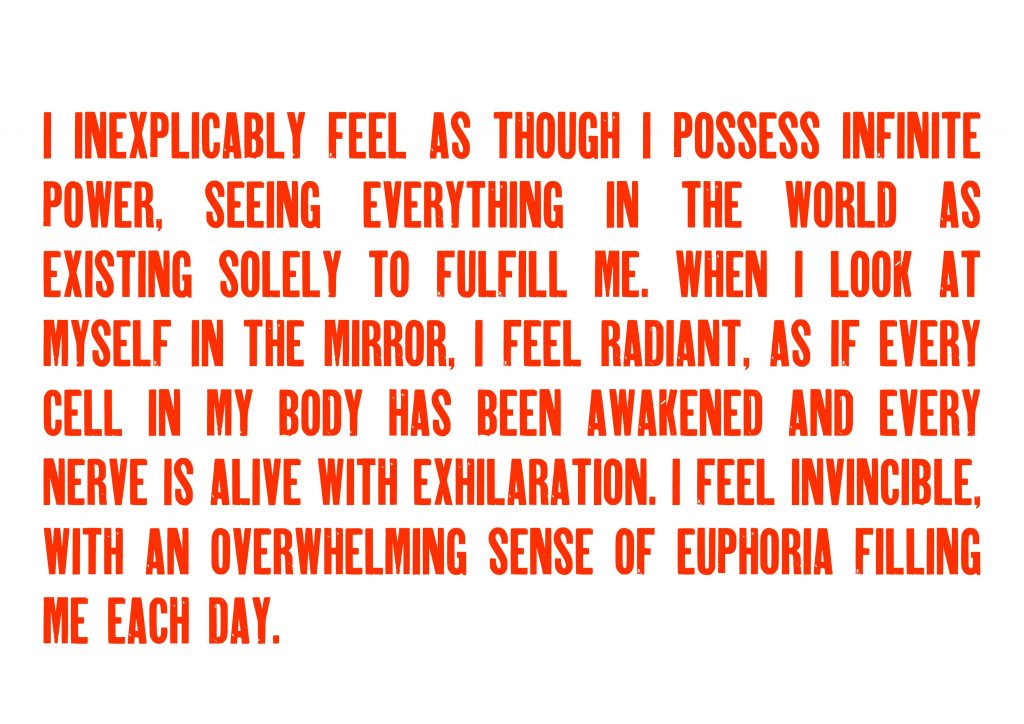
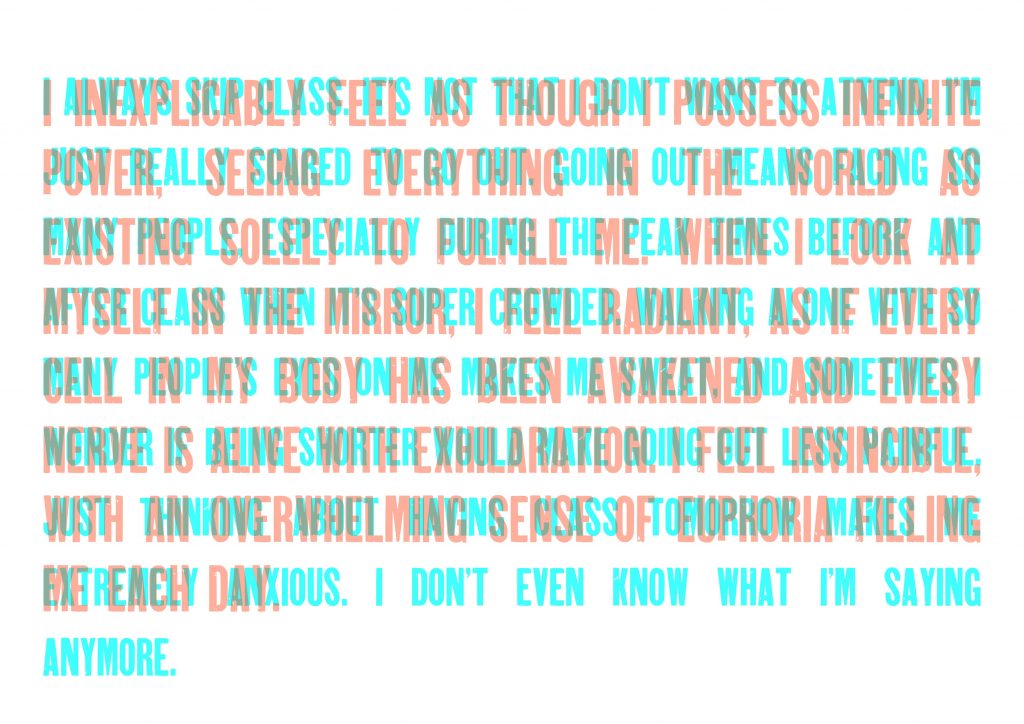
Test2
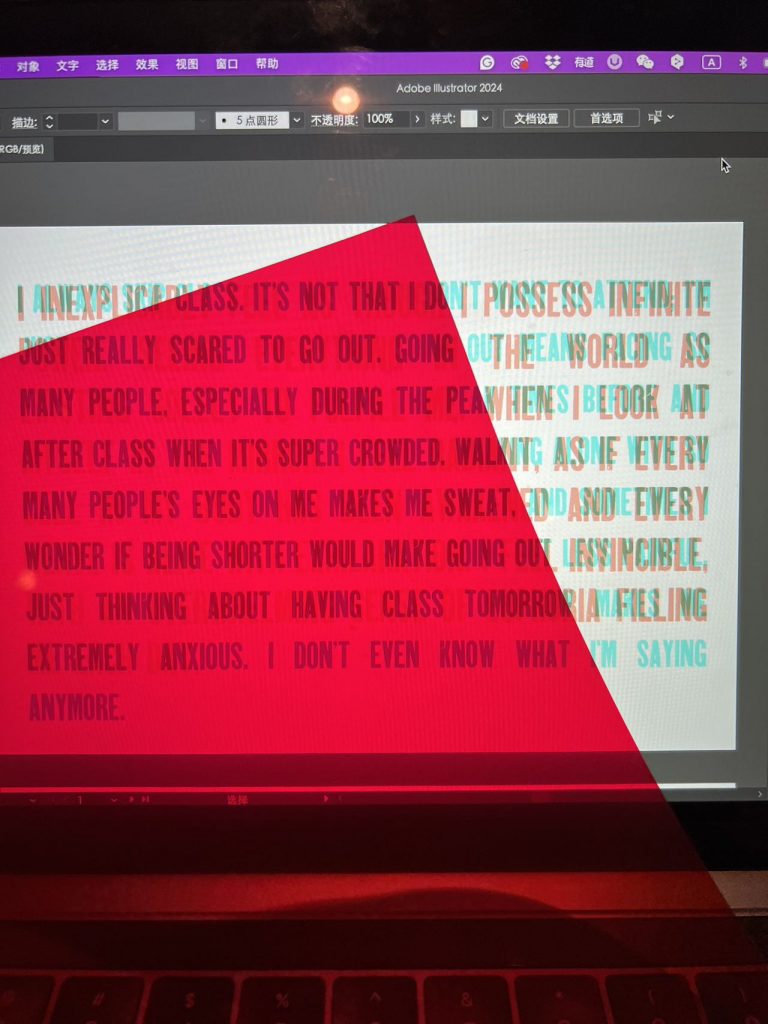
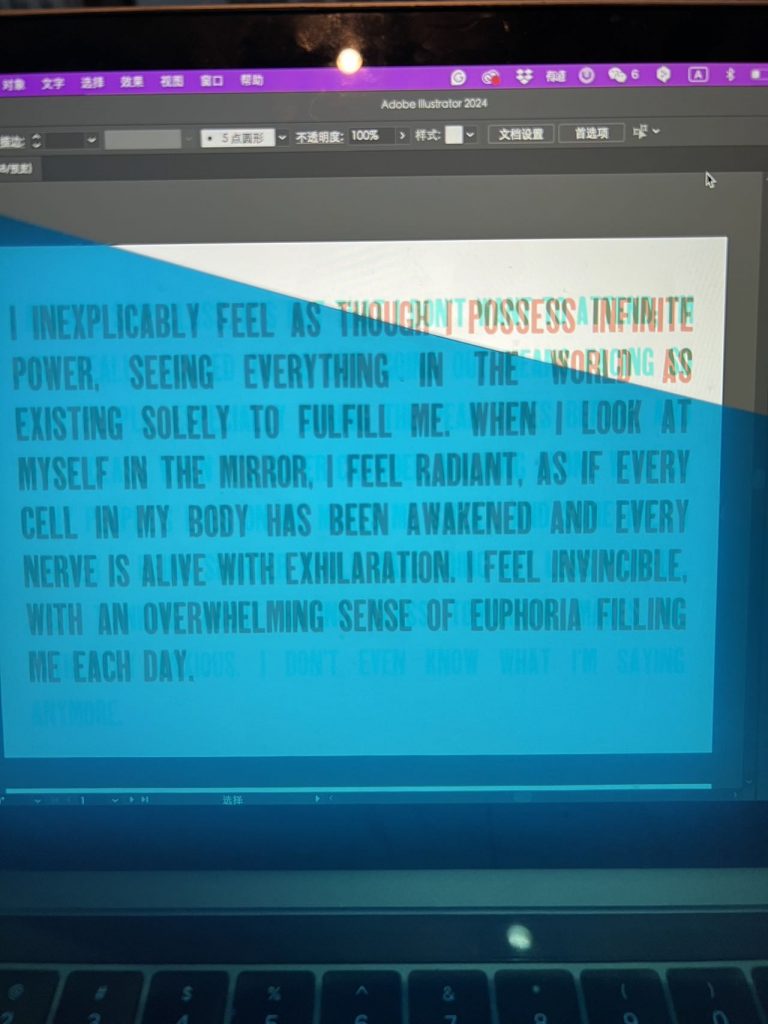
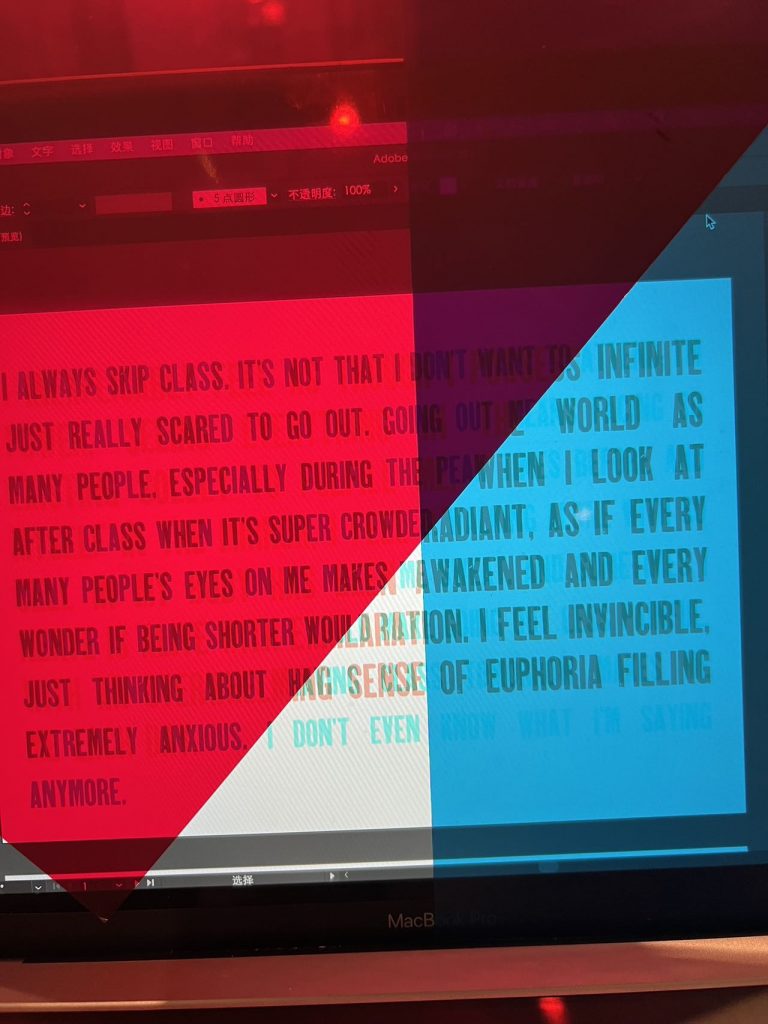
I presented the resulting poster to a group of Chinese people and gathered their feedback on whether or not they were able to gain a new understanding of and empathise with bipolar disorder through these descriptions.
Feedback
Since my research area is China, I invited four Chinese people to participate in this intervention, and here is the feedback.



This poster made me realize that what seems like simple work decisions actually require huge effort from people with bipolar disorder, often filling them with anxiety and fear. I used to think people got stressed because they overthought things, but now I see this is an exhausting emotional struggle they can’t control, making everyday tasks feel heavy.

his story really helped me understand the complexity and pain of bipolar disorder. Patients go through intense inner struggles even with simple tasks. It’s clear this is a real, medical issue, and they need a supportive environment to ease that burden. I’ll do my best to be more understanding and compassionate toward them.

After reading the poster, I finally understand that for people with bipolar disorder, even basic things like getting out of bed and eating are battles. I used to think it was just mood swings, but the inner struggles patients describe show me that this is an uncontrollable pain. Emotional instability is definitely not something they can just “power through.”

I used to think mood swings were short-lived and that people could just control them. But this poster helped me realize that with bipolar disorder, emotional breakdowns aren’t a choice—they’re something that just takes over. This understanding really made me rethink my assumptions about controlling emotions.
Leave a Reply